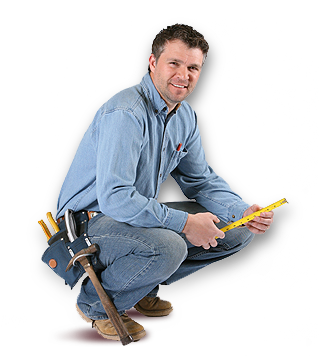
by Werner-Admin | Dec 9, 2020 | Roof Maintenance, West Michigan Roofing Blog
Winter is coming in Michigan and it’s never friendly to our roofs. It’s important to prepare your roof for winter now so you don’t have to worry about it when too much snow falls or an ice storm is headed your way. We’ve assembled all the resources you need to prepare your roof for winter, spot common winter roof damages, and solve problems confidently this season.
Prepare Your Roof For Winter
Getting Your Roof Ready for Winter
Winter can be hard on a roof, but there are some things you can do to make the season a little kinder to your home’s roof. Here are some things to check before winter hits so you can trust you and your roof will be protected.
Gutter Cleaning
Getting Your Gutters Ready for Winter
Before the cold temperatures set in, here’s what you need to do to prepare your gutters for freezing rain, snow, and ice.
Best Way to Clean Gutters and Downspouts
If your gutters are looking a little cluttered, here’s how to clear them out so they’ll be ready to handle the melting snow and protect your roof from damage this winter.
When to Replace Gutters: 5 Key Signs
If your gutters are getting a little worn out, it’s a good idea to replace them before winter starts. Here’s how you can spot the signs your gutters need to be replaced to prepare your roof for winter.
Common Winter Roof Problems
Common Winter Roof Damages and How to Fix Them
If you notice any of these winter damages, it could mean your roof needs some help. Here’s a few common problems to watch out for, and how to solve them.
Ice Dams
What are Ice Dams?
Learn how to identify ice dams on your home’s roof, and what you need to do to prevent them.
5 Best Ways to Get Rid of Ice Dams, Safely
If you’ve identified ice dams on your roof, here’s what you need to know to get rid of them safely and effectively.
Werner Roofing’s Step-By-Step Guide to Removing Ice Dams
Here’s another guide to removing ice dams. This time, we’ll take you through the process one step at a time, so you’ll know when you can remove them yourself, and when it’s time to call for backup.
Snow
How Much Snow is Too Much for Your Roof?
If you’re snowed in after a lake-effect storm, will your roof be okay? Here’s how to know how much snow your roof can handle.
Wind
How Wind Can Damage Your Roof
Snow and ice aren’t the only dangers winter weather brings to your roof. Wind can loosen shingles or force water underneath your roof and into your home. Here’s how to anticipate wind damage and how to deal with it if it occurs.
Winter Roof Repair
Why Can’t I Get My Roof Installed in the Winter?
Winter roof installation and repair is risky and doesn’t set your roof up for success. If you’ve been told you can’t schedule your roof work during the winter months, here’s why.
Pros and Cons of Winter Roof Repair
If you’re still considering winter roof repair, we put together a pros and cons list about winter roof repair to help you understand the risks and rewards.
What to Do About Winter Roof Damage
If you can’t get a roofing crew out to repair or install a roof in the winter, what can you do if you notice damage to your roof? We’ll take a look at a few common instances of winter roof damage and what you should do right now.
Roof Maintenance Tips
To help you prepare for the winter season and recover from it once it’s over. Wondering why you really need to worry about maintenance tasks?
5 Reasons Why Regular Roof Maintenance is So Important
It saves you money. It protects your home and your family. It extends the life of your roof and protects your investment. Don’t wait until damages pile up, stay on top of roof maintenance to save yourself the trouble down the line.
Fall Roof Maintenance Tips
Some things you should do before the snowy weather starts to prepare your roof for winter.
Winter Roof Maintenance Tips
Although many repairs will need to wait until warmer weather, there are some maintenance tasks you can perform during the winter months to help your roof.
Spring Cleaning Tips for Your Roof
Spring is a great time to get out and inspect your roof for damage and do a little spring cleaning! Here are some maintenance items you can do to your roof in the springtime.
Winter is just around the corner. Use these resources to get ahead of any potential roof maintenance or damages and prepare your roof for winter. Still running into problems? Give the experts at Werner Roofing a call.
OUR FREE ROOF INSPECTION
How do you know when it’s time for a new roof? The only way to be sure of your residential roof’s current condition is to have a licensed professional personally inspect it. Werner Roofing is proud to offer free roof inspections for every client, so you can be sure of your roof’s condition. Every Werner Roofing inspection comes complete with our promise: “We won’t recommend or sell a roof replacement unless it’s necessary.”
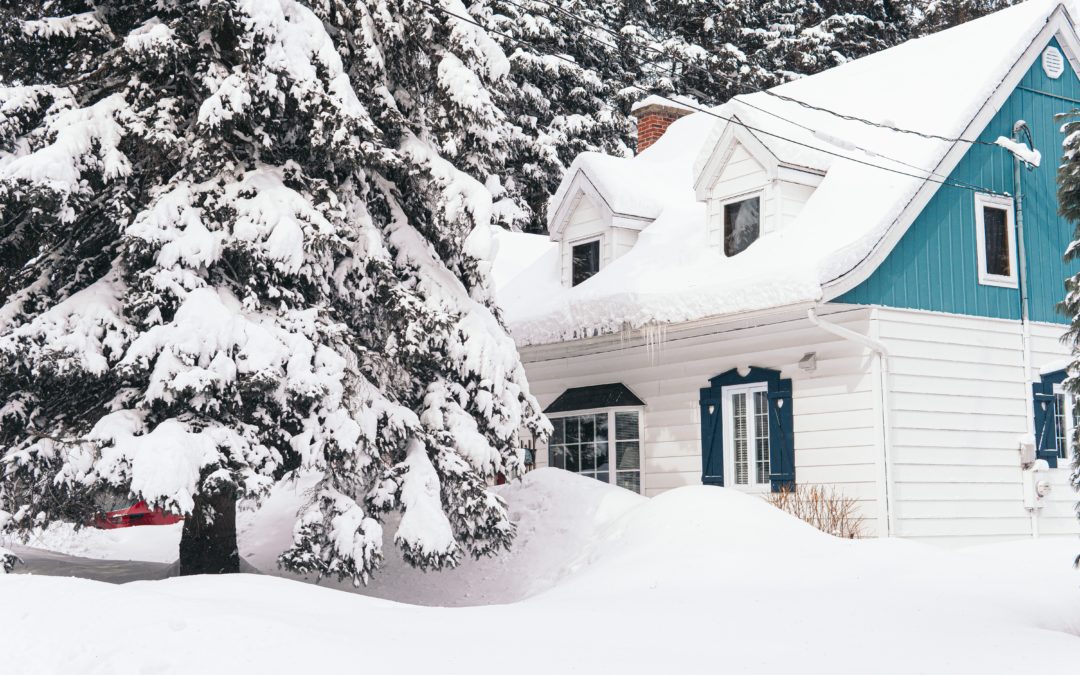
by Werner-Admin | Nov 17, 2020 | West Michigan Roofing Blog
Are you wondering if installing a roof during the winter is a good idea? You might be interested to know that many roofing companies will flat-out refuse to install a roof in the winter months. The question is: why? Let’s dive in.
Can I Install a Roof in the Winter?
During the winter months, cold temperatures are only one part of why winter roof installations are not recommended. Conditions on a roof can get icy fast, materials don’t adhere the way they should, and the roof installation process leaves sensitive parts of your home exposed to the elements. All of these factors risk the integrity of your roof, the safety of the roofing installation crew, and your investment in the project.
For these reasons, if you want a winter roof installation, your roofer will strongly recommend you do it in the fall before the temperature drops or push it back until the spring or summer. These seasons are typically referred to as “roofing seasons.”
In some unique circumstances, things happen, and the bottom line is that you need your roof installed during the winter. Maybe a tree fell and damaged your roof, you need a new roof installed before you can sell your home, or you need to replace your roof before the end of the year to meet insurance requirements. If you have a situation where installing a roof in the winter is unavoidable, the process comes with risks the homeowner must understand before work begins.
What Are the Risks of Installing a Roof in the Winter?
There are many reasons why some roofers prefer to avoid installing a roof in the winter. Not only does winter roof installation present many safety risks for the crew, but they also can’t guarantee the same high-quality level of installation that they can during warmer weather.
Let’s take a closer look at the main risk factors associated with winter roof installation.
Unsafe Work Conditions
During the cold months, the conditions on your roof can turn slick quickly, creating an unsafe environment where workers could slip and fall and hurt themselves or damage your roof.
The winter elements are challenging to work in, and roofing contractors need to be able to move freely, bending down and working across your roof — which is difficult to do in cold weather and thick winter clothes. If they have to carry equipment while wearing heavy coats and boots to keep warm, it takes more time and energy to do a job they’re used to doing quickly in nice weather.
To continue, it’s challenging for anyone to stay motivated when they’re cold and uncomfortable. With winter roof installation, you risk workers rushing to complete the job if the temperature is freezing. Whether it’s because they’re wearing thick gloves and don’t have the same feel for the materials, or the limited amount of daylight is running out, and they need to meet a deadline, you don’t want your roofing crew to miss any crucial steps when installing this critical part of your home.
Ineffective Materials and Tools
Cold temperatures affect the quality of the materials and the effectiveness of tools used for winter roof installation. Roofing equipment and tools, including nail guns and compressors, are affected by low air pressure, resulting in imperfections in the roofing installation process.
Are you investing in a new asphalt roof? Asphalt shingles are less flexible in the cold and could become brittle, difficult to cut straight, and more likely to be overdriven by nails when attached to your roof. They also involve a glue strip designed to self-seal when it’s activated by the sun’s heat. This activation process doesn’t occur in lower temperatures, so the shingles may not adhere properly, or they’ll need to be sealed by hand, which is hard to do consistently with every shingle in freezing temperatures – even for experts.
Warranty Exemptions
A hasty winter roof installation could lead to product failures and problems in the future, which your roof warranty may not cover. For example, if your shingles have to be hand-sealed because it’s too cold for the self-seal to adhere correctly, a variety of defects and issues could occur, including leaks forming or loss of shingles.
Since the fault occurred from attempting to install the roof in the winter, not as a fault of the manufacturing process, these defects aren’t typically covered by the manufacturer’s warranty.
Exposed Home
Winter roof installation jobs generally take longer than summer installations. The combination of colder temperatures, heavy winter clothing, and extra sealing work makes it more difficult for the crew to work as quickly as they usually would. Also, the days are shorter during the winter, so only so much can be done when there is good light.
A longer timeline for a roof installation means your home spends more time exposed to the elements during a time of year when heavy rain or snowfall can happen without much warning — particularly in areas where lake-effect snow is common. Do everything you can to protect your home and install a new roof during ideal weather conditions.
Werner Roofing Is Here To Help
Having a new roof installed in the winter isn’t a great idea. Instead, try to schedule your roof installation before or after winter and call the Werner Roofing team this spring, summer, or fall!
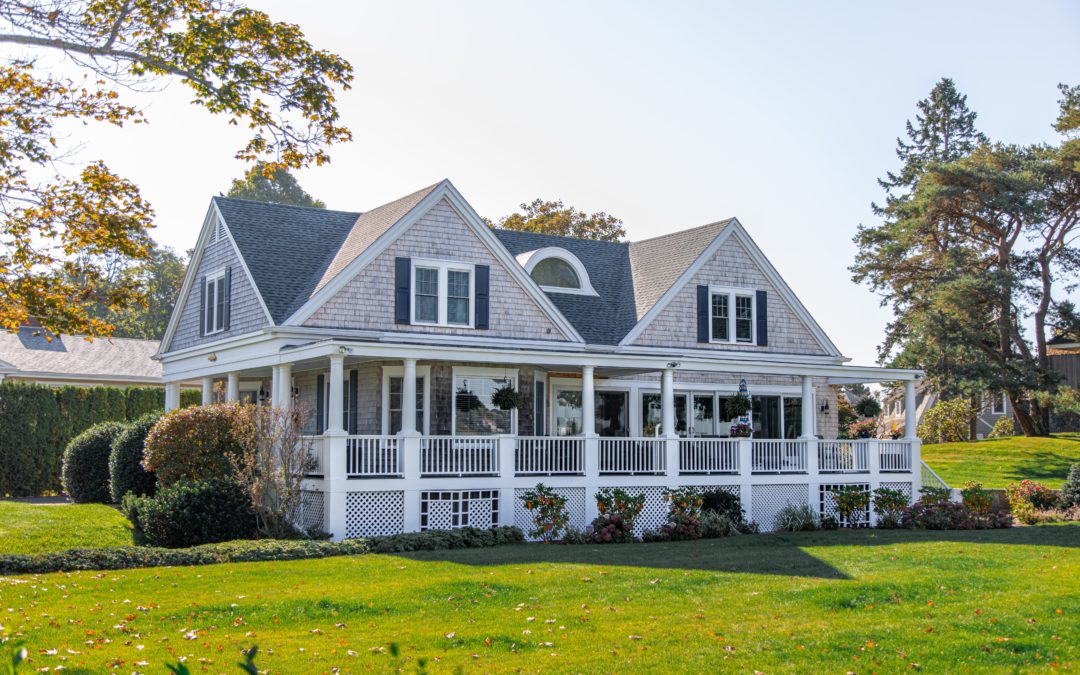
by Werner-Admin | Oct 7, 2020 | Uncategorized, West Michigan Roofing Blog
If you’ve ever heard of GAF Timberline shingles, it might have been when a local roofing company was raving about some of their favorite products. Known for their high quality, total protection system, great style, and warranty, it’s no wonder that roofers and homeowners love to use GAF Timberline shingles on their roofs. Let’s take a look at 4 reasons why roofers love these products.
#1 GAF Timberline Shingles Are Top Quality
GAF products are known for being top-of-the-line, and the GAF Timberline shingles are no different. As the most respected shingle brand in the country, GAF makes sure its products are the best quality for every project and that all installers are certified in how to use their products correctly. GAF provides ongoing contractor training and certification programs for contractors so homeowners know they will get a product and service they can rely upon for a long time.
GAF Timberline shingles are made of great quality materials that provide excellent protection for your home against the elements. They have better than average durability with added impact and wind resistance to rival other top competitors. GAF Timberline shingles also have a Class A fire rating, making them a great safety feature for your home.
#2 GAF Timberline Shingles Are Part of a Complete System
Roofers love working with GAF products because they fit together seamlessly in a complete system. All of the GAF components work together to provide the best protection for you and your home year after year. Beyond GAF Timberline Shingles, the GAF total protection system includes WeatherWatch leak barriers, ridge caps and DeckArmor roof deck protection, starter strip shingles, attic ventilation vents, and more. When you install three or more items from their protection system, you can qualify for extra protection from enhanced warranties, extending the protection of your roof even longer.
#3 GAF Timberline Shingles Improve Your Home’s Style
Roof is a huge factor of your home’s overall curb appeal. It’s important to have a roof that is in great condition and protective of your home, but also one that adds to your home’s appearance. GAF Timberline shingles are designed to mimic the structural and visual appearance of wood shakes.
The fine details in each of GAF Timberline Shingles make them a great architectural detail for your home’s exterior. GAF has plenty of options for every price range and personal style. Choose neutral patterns and colors that can blend well with your home’s design and others in the neighborhood. Or, choose a shingle design and color to create some pleasant contrast with your siding or trim. Warmer, brighter colors tend to work well for homes in open, sunny areas, where cooler blues or greens work well for homes in shade to help them blend into the natural surroundings.
#4 GAF Timberline Shingles Carry a Great Warranty
GAF Timberline shingles come with one of the best warranties in the industry. If you install GAF Timberline shingles with at least 3 other qualifying accessories such as roof deck protection, ridge cap shingles, ventilation or leak barriers, you can earn the coveted Lifetime Warranty. This means your roof is protected for 10 years on all shingle products and 15 years for wind damage.
Additionally, if your GAF Timberline shingles are installed by GAF Master Elite certified roofing installer, you can unlock the Golden Pledge Warranty, which extends your lifetime protection up to 50 years and includes coverage for the installation process as well as any manufacturer defects that impact your roof’s integrity and quality.
The GAF Master Elite certification essentially guarantees sound work by itself: Contractors who have earned the title can install all GAF products correctly, commit to ongoing professional training with GAF, are licensed and insured, and have a good reputation for workmanship and quality. The enhanced warranty systems that accompany the title should never need to be used, since these contractors are dedicated to delivering the best quality service.
Werner Roofing is a proud Master Elite certified factory roofing installer for GAF Timberline shingles. If you’re interested in their top-of-the-line architectural options, let us know! We’d love to help you get a roof you can trust, made using products we love.
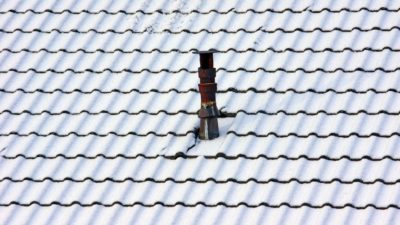
by Werner-Admin | Jan 6, 2020 | Roof Maintenance, West Michigan Roofing Blog
At first glance, a residential roof doesn’t seem all that complicated. A few shingles, a few gutters, and you’re done. But actually, a roof is a complex system made up of all kinds of individual components that come together to keep your house working well, and clean and dry. A roof boot is one of those roofing elements we don’t always think about, but that is actually pretty important to the overall health of your home.
What is a Roof Boot?
A roof boot is a pipe vent that pokes out through the top of your roof. If you step outside of your home and check out your roof, you’ll see a tube sticking out, usually from where your bathroom or kitchen is. That’s your pipe vent, covered and protected by your roof boot. The pipe vent itself is used to balance your plumbing system and prevent leakage. Your roof boot protects the pipe vent from weather, precipitation, and debris.
How Does Your Roof Boot Affect Your Roof?
In a perfect world, it won’t. A properly cared for roof boot doesn’t do more than it’s own job of keeping your pipe vent safe. Unfortunately, a perfect world isn’t always the case. When improperly cared for, your roof boot can be a weak spot for leaks in your roof.
Similar to your chimney, a roof boot is installed with flashing or a rubber collar around it to seal the gap between the boot and your roof. Over time, and especially in climates that experience extreme temperature fluctuations like cold winters and hot summers, the rubber in the flashing or boot collar can harden and pull away from the boot and the edge of the roof.
When the flashing or boot collar doesn’t have a perfect seal, it can allow rain, snow, and debris to fall through those gaps, causing water damage within your roof and attic. These leaks are particularly dangerous because they can take time to detect. Since the leaks are often small, you might not notice the water slowly seeping into your attic, causing mold and rot to expand to a significant point before you even realize there’s a problem.
How Can I Stop These Leaks From Happening?
Luckily, roof boot leaks can be prevented. Here are a few ways to make sure your roof boot is always in top condition:
- Inspect your attic regularly. Take a flashlight up to the attic, and take a good hard look at the ceiling, especially under where your roof boot is. If you see any dark spots, feel soft spots in the wood or drywall, or notice any holes, it’s a good idea to call your roofer.
- Check your roof boot regularly. You should be cleaning out your home’s gutters at least once a year. While you’re up on the ladder, take a pair of binoculars with you, and make sure that roof boot flashing still looks good. If it seems dry or cracked, it’s probably time to make some repairs.
- Put your roof on a regular inspection schedule. It’s a good idea to have a roofer come out once a year, typically in either the spring or fall. They can give your roof a quick inspection, make sure no shingles have curled, cracked, or fallen off, and while they’re up there, they can also inspect the flashing around your chimney and your roof boot.
Your roof boot is an integral part of your roofing system. if you haven’t had yours checked in a while, it might be good to schedule a routine inspection, just in case. Werner Roofing offers free, no-obligation estimates to help make sure your roof and roof boot are doing their jobs! Give us a call at 616-844-5382 or contact us online today.
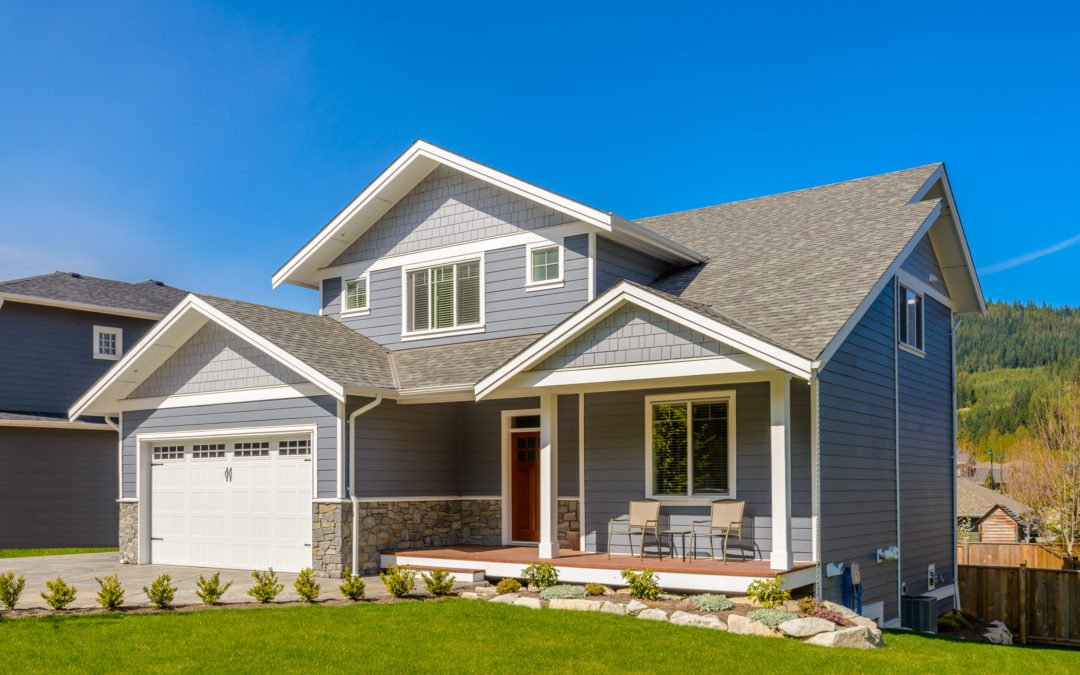
by Werner-Admin | Nov 8, 2019 | West Michigan Roofing Blog
If you’re planning to construct a new building, whether it’s a residential home or a commercial space, you need to put careful thought into which type of roof is best for it. In general, you have two options: a pitched roof or a flat roof. But how do you know which one is right for your project?
We’re here to make the decision a little easier on you. Below, we break down the difference between a pitched roof and a flat roof, as well as the pros and cons associated with each of them. That way, you can make an informed decision based on your budget and your goals for the building.
Pitched Roof vs. Flat Roof — The Overview
Let’s start with a broad overview of these two types of roofs.
In the pitched roof vs. flat roof debate, the best choice ultimately comes down to personal preference. Pitched roofs are known to last longer and require less maintenance over time, showing great lifetime value. But if you enjoy the look of flat roofs and are hoping for a low-cost installation, a flat roof is still a great option.
The most important things you’ll want to consider when making your decision are:
- The type of home or commercial building you’re working with
- The style of the home or commercial building you’re working with
- How much money you’re willing to invest in a new roof, both upfront and over time
- How much maintenance you’re willing to do on your roof over time
Want to know more details? Read on for a complete breakdown of pitched roofs vs. flat roofs.
What Is a Pitched Roof?
A pitched roof is any type of roof with a peak. It slopes downward, usually in two parts that connect at an angle in the center ridge of the roof. It’s what offers the triangular shape at the top of a home and often creates tall attics on the inside. It’s the most common type of roof for residential homes here in the Midwest.
Pitched Roof — Pros
Since pitched roofs are more common than flat roofs, you can probably imagine that there are plenty of reasons many homeowners and business owners choose them. A few of the benefits you can expect from pitched roofs include:
- Classic curb appeal. Pitched roofs offer a traditional, homey appeal. By choosing one for your home, you’ll likely fit right into the neighborhood. And by choosing one for your commercial building, you’ll likely welcome customers with a unique sense of comfort and hospitality.
- Longer lifespan. The average asphalt shingle pitched roof can last up to 20 years or more. Of course, this can vary depending on the type of roofing material, climate, and level of maintenance, but it’s generally a great long-term investment.
- Less maintenance. Pitched roofs are designed to let precipitation like snow and rain slide right off them. They’re built with a pitch to reduce the beating a roof takes and to minimize the potential for leaks as a roof ages. The sloped design means you’ll have far fewer maintenance requirements during your roof’s life than you would with a flat roof.
- Higher lifetime value. What do you get when you combine a long lifespan and low maintenance requirements? A great lifetime value! While new roofs are always a large investment, you can reduce your overall spend by choosing a pitched style.
Pitched Roof — Cons
Pitched roofs also have their drawbacks. Some of the most prominent ones include:
- Higher upfront installation cost. When compared to a flat roof, the upfront cost of pitched roof installation is typically higher. A pitched roof costs more to install because it takes longer and requires more materials.
- Less modern aesthetic. If you’re designing a contemporary, modern home or building, a pitched roof may not fit with the architectural style you’re hoping for. A flat roof may make more sense and tie together the overall look of the building.
What Is a Flat Roof?
A flat roof is any roof without a peak. But while its surface may be flat, it may be designed with a slight, almost undetectable slope that pushes precipitation out toward the building’s gutter system. Flat roofs are most commonly seen on commercial buildings and in contemporary architecture.
Flat Roof — Pros
For many, a flat roof is the most desirable option. Homeowners and business owners who choose flat roofs enjoy the following advantages:
- Modern aesthetic. Clean, straight, minimalist lines are the current trend for any building, whether it’s residential or commercial. If that’s the aesthetic you’re going for, a flat roof can deliver it best.
- Lower upfront cost. A flat roof is less expensive to install than a pitched roof. This is because it requires fewer materials and is structurally simpler. This also means that flat roofs can be installed on a faster timeline, which is part of what makes them attractive to many business owners.
- More cohesive space. There’s a bit of controversy over whether a pitched roof or flat roof provides a building with more space. Regardless, a flat roof does offer a more cohesive, usable space for an entire building. While a pitched roof might have a triangular attic, the entire top floor of a flat-roofed building is the same size and shape of the lower floors. Again, this makes a flat roof a great choice for commercial use, as you can fit more offices and storage space.
Flat Roof — Cons
While a flat roof offers a more affordable upfront cost and can provide the aesthetic that many homeowners and business owners are looking for, they’re not always the most practical option. Here are a few reasons why:
- Shorter lifespan. A flat roof, on average, will last around 10 years. That’s considerably less than the estimated lifespan of a pitched roof, meaning you’ll spend a bit more on roofing over decades. If you’re planning on staying in your home or business for a long time, this may not be the best choice for you.
- More maintenance. A flat roof poses some structural concerns, especially for buildings in areas that experience a lot of snow and/or rainfall. For that reason, it’s recommended that you have your flat roof inspected at least once a year, if not more regularly, to ensure you don’t miss any big problems in your roof. Luckily, flat roofs are pretty easy to inspect because you can walk on them easily, so it won’t cost much to get a roofer out to your building regularly.
- Higher chance of leaks. Even though most are designed with a slight slope, flat roofs still aren’t the best at shedding a lot of rain or snow. As a result, rain and snow can build up or puddle at various spots on the roof, which causes leaks as the water sits there over time.
Install the Roof You Want with Werner Roofing
The decision between a pitched roof or flat roof is a big one and can have long-term implications on the maintenance and upkeep of your building. For help deciding which is best for you, reach out to our team at Werner Roofing. Give us a call at (616) 844-5382 or contact us online.
OUR FREE ROOF INSPECTION
How do you know when it’s time for a new roof? The only way to be sure of your residential roof’s current condition is to have a licensed professional personally inspect it. Werner Roofing is proud to offer free roof inspections for every client, so you can be sure of your roof’s condition. Every Werner Roofing inspection comes complete with our promise: “We won’t recommend or sell a roof replacement unless it’s necessary.”
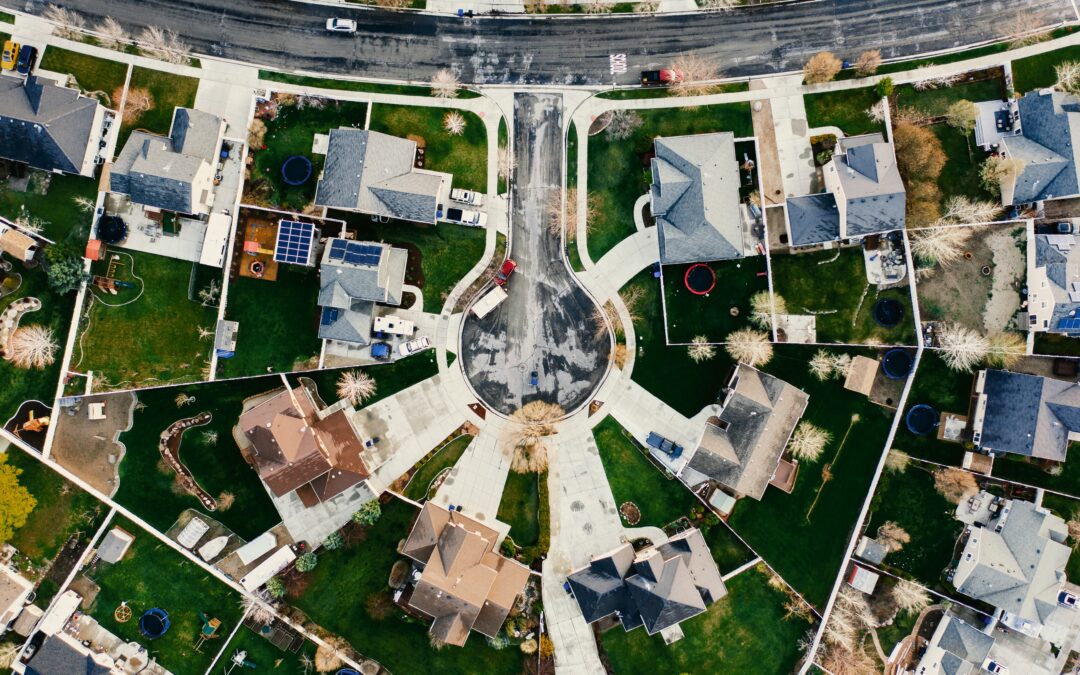
by Werner-Admin | Nov 8, 2019 | Uncategorized, West Michigan Roofing Blog
When you’re building a home, renovating a home you’ve recently purchased, or just upgrading your older home, your roof is an important investment. If you’re planning to put on a new roof, you already know that there are a lot of considerations to make, from which shingles you’ll choose to finding the right contractor to deciding when is the best time to have the project completed. But is the color of your roof really something you need to think about, too? Here’s what you need to know about the importance of your roof’s color:
Does the Color of My Roof Matter?
Honestly, not really. There’s a lot of information out there about what color shingles you should buy depending on what climate you live in, and how energy efficient you’d like for your home to be. While we’ll break this info down for you in this article, it’s important to know that today’s shingles are made with some of the best, most advanced technology the market’s ever seen. Any difference in performance due to the color of your shingles is likely to be minimal. That said, we’ll give you a rundown of what you’ve likely heard, what’s true, and what information you can ignore.
Dark Roof Shingles vs. Light Roof Shingles
If you’ve already done a bit of research, you’ve probably heard that light roof shingles are best for warm climates, while dark roof shingles are better for cooler climates. At face value, this does make some sense. Darker colors absorb more heat, and warmer roofs make it easy for snow and ice to slide right off. Lighter colors reflect sun rays, keeping roofs cooler and helping homeowners in warmer climates save a little on their energy bills.
But, given today’s technology, the lightness or darkness of your asphalt shingles doesn’t have all that much to do with the energy efficiency of your home. What’s more likely to have a bigger impact on your roof’s efficiency is the quality of shingles you choose. When examined side by side, white and black shingles from a high-quality roof manufacturer only provide about two degrees of difference in temperature. That’s not a give enough difference to make a noticeable impact on the comfortability of your home, or the cost of your energy bills.
What’s More Important than the Color of My Shingles?
Like we mentioned above, the quality of your shingles is more important than the color of your shingles. If you’re shopping for a new roof, make sure you choose a roof installation provider who is licensed by a leading roofing manufacturer. For example, here at Werner Roofing, we’re proud to hold the Master Elite certification from GAF shingles. That puts us among the top 3% of roofing contractors in the nation who can install the highest quality GAF asphalt shingles on the market.
Another important component of your roof that will have a greater impact on your home’s efficiency than the color of your shingles themselves is the insulation and ventilation in your attic. If your home is well-insulated, your roof was built properly, and you have the ventilation you need in your attic to regulate your roof’s temperature, you shouldn’t have problems with your roof being too hot or too cold. This offers yet another reason to make sure you’re choosing a roofing professional you trust. Quality work means more energy efficiency and more savings for you down the road.
Choosing a Shingle Color That Complements Your Home
What’s most important when it comes to choosing a shingle color is really how it will go with the rest of your home. In the end, it doesn’t matter too much to your wallet what color your roof is, so long as your roof is well insulated and ventilated, and you choose a high-quality product.
That means the biggest component of choosing the color of your roof is truly aesthetic. Which color will look best with the siding and shutters of your home? If you live in a neighborhood with an HOA, you may have to stick to specific guidelines. Otherwise, it’s really just best to take a look at your home and find the asphalt shingle that will best compliment your architectural style, and the colors you’ve already chosen for the exterior of your home.
Still have questions about choosing the right shingles for your roof? Werner Roofing can help! We offer an extensive selection of roofing materials and colors and can help you choose the asphalt shingles that offer the best performance and quality for your home.

